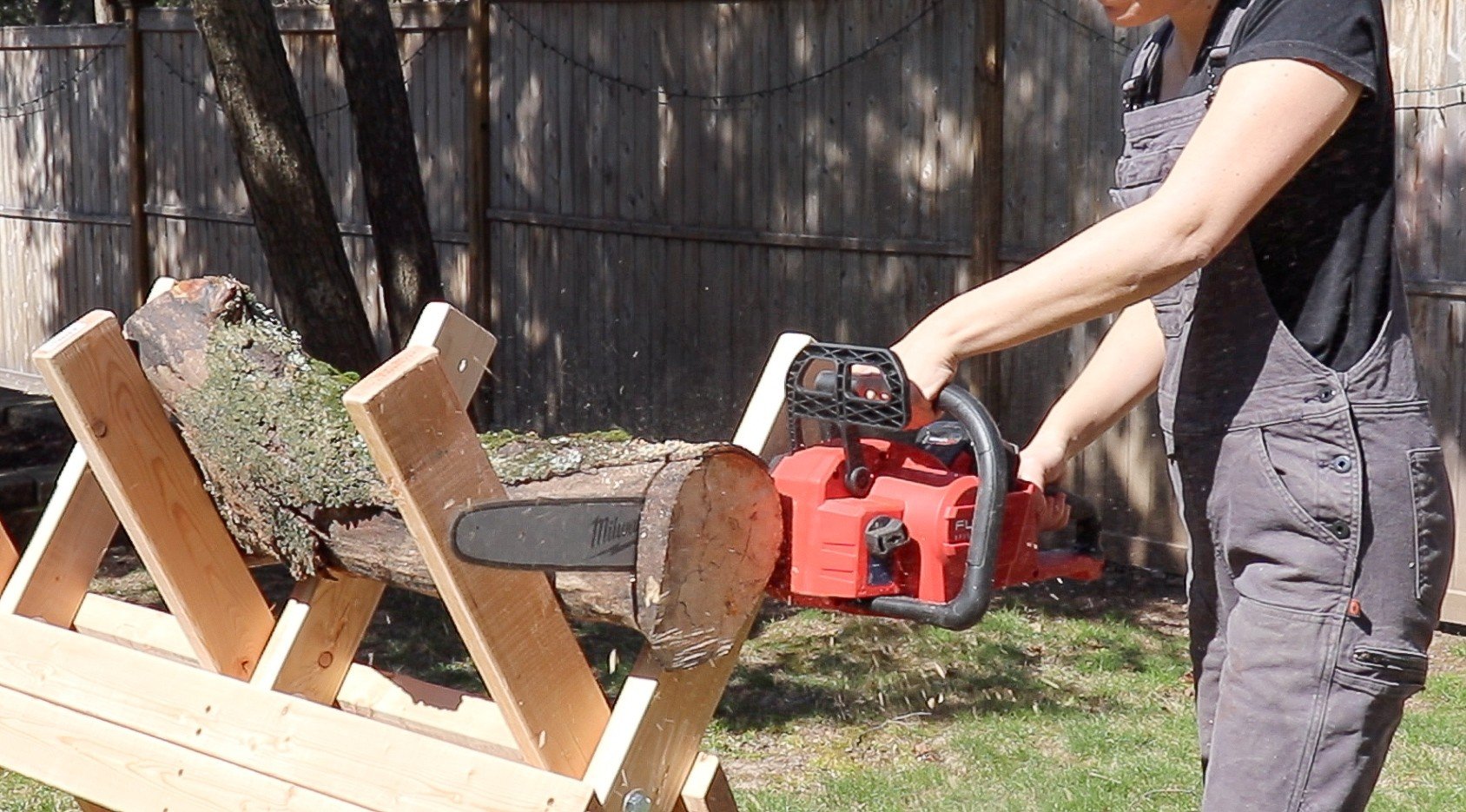When it comes to using a chainsaw, understanding the different types of chainsaw chains is crucial. Each type serves a specific purpose, and knowing the differences can make a significant impact on your cutting experience and efficiency. This section of our Chainsaw Chain Guide will simplify this complex topic, helping you choose the best chain for your needs.
First, let’s talk about the most common types of chainsaw chains: full chisel, semi-chisel, and ripping chains. Full chisel chains have square-shaped teeth that cut quickly, making them ideal for clean cuts in softwood. However, they may struggle with the dirt and debris, requiring frequent sharpening. On the other hand, semi-chisel chains have rounded teeth that perform better in dirty conditions and can tolerate duller edges, making them a favorite among professionals working in varied environments.
Next, we have ripping chains, which are designed specifically for milling lumber. These chains cut along the grain of the wood and have wider teeth to help remove more material at once. If you plan on processing logs into lumber, understanding these specialized chains is essential. This type of information is all part of making informed choices from our Chainsaw Chain Guide.
Lastly, don’t forget about the safety aspect! Chains with safety features, such as low kickback designs, are essential for inexperienced users. A low kickback chain will reduce the risk of the chainsaw recoiling back towards you, which can be a significant safety hazard. Selecting the right chain that combines efficiency with safety is an important factor to consider when using your chainsaw.
Choosing the Right Chain Size
First, you'll need to know the pitch of your chainsaw chain, which refers to the distance between the drive links. Common pitches include 1/4 inch, .325 inch, .375 inch, and .404 inch. Each pitch serves a different purpose and is better suited for specific tasks. For instance, a smaller pitch like 1/4 inch is great for lightweight, precise cuts, while a larger pitch offers more aggressive cutting power for larger trees and logs.
Next, consider the gauge of the chain, which is the thickness of the drive links. The gauge must match your chainsaw bar's groove width. Typical gauges include .043 inch, .050 inch, and .058 inch. Using a chain with the wrong gauge can lead to chain binding or excessive wear, making it essential to refer to the manufacturer’s specifications indicated in our Chainsaw Chain Guide.
Finally, evaluate the type of chain you need based on the cutting task at hand. There are different chain designs, including skip tooth chains for faster cutting and full chisel chains for clean, rapid cuts. Understanding these options will help you select a chain that enhances your chainsaw's efficiency and meets your cutting requirements effectively.
Maintaining Your Chainsaw Chain
The first step in maintaining your chainsaw chain is regular sharpening. A dull chain can cause unnecessary strain on your chainsaw and lead to uneven cuts. You can use a file or a chainsaw sharpener to get the job done. Make sure to follow the manufacturer's guidelines for sharpening angles and depth. Regularly check your chain after every few uses, and give it a quick sharpen if you notice it starting to struggle.
Next, lubrication is essential for your chainsaw chain’s health. A well-oiled chain reduces friction and minimizes wear and tear. Most chainsaws come with an automatic lubrication system, but it’s important to check the oil level frequently. If your chainsaw does not have this feature, be sure to apply lubricant manually before each use. A properly lubricated chain also helps reduce kickback, making your cuts safer.
Lastly, inspecting your chainsaw chain for any signs of damage is a vital part of your maintenance routine. Look for broken links, cracks, or excessive wear. If you spot any damage, replacing the chain promptly can prevent accidents and ensure your chainsaw operates efficiently. Keep these maintenance tips from our Chainsaw Chain Guide in mind to enhance the performance of your tool and prolong its life.
Tips for Safe Chainsaw Use
When using a chainsaw, safety should always be your top priority. Following some simple yet effective tips can help you work confidently while minimizing the risks involved. First and foremost, ensure you're wearing the proper protective gear. This includes a helmet, eye protection, hearing protection, gloves, and cut-resistant pants. Having the right safety equipment can significantly reduce the risk of injury, making your chainsaw experience safer and more enjoyable.
Another crucial tip for safe chainsaw use is to familiarize yourself with the tool's operation. Read the owner's manual thoroughly and understand how to handle the chainsaw before starting any cutting tasks. Each chainsaw may have different features or requirements, so knowing your specific model is essential. Additionally, consider taking a chainsaw safety course if you're a beginner. This knowledge will not only boost your confidence but also empower you with the skills to make informed decisions as you explore your Chainsaw Chain Guide.
When you start cutting, always maintain a firm grip on the chainsaw and use both hands. Stand in a stable position, ensuring that your feet are aside from the cutting area. This stance helps keep you balanced and prepared for any unexpected movement. Remember to keep the chainsaw's chain sharp and properly tensioned, as a dull chain can lead to kickback and increased risk of accidents. Regular maintenance is key to making sure your chainsaw operates safely and efficiently, reinforcing the guidelines you'll find in a Chainsaw Chain Guide.
Lastly, remain alert and focused while using the chainsaw. Avoid distractions and never work when you're tired or under the influence of alcohol or drugs. Make a habit of clearing the area of any potential hazards, such as debris or uneven ground, before you begin cutting. A safe working environment is just as important as using the correct technique, so always be conscious of your surroundings while operating your chainsaw.
